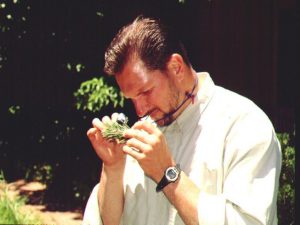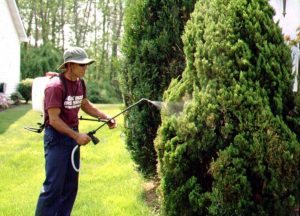Tree Fruit Phenology:
Tree fruit phenology is about normal based on historical observations. In southern counties some early blooming varieties are at Pink to about 20% bloom. Redhaven was at bud swell on March 29, about 6 days later than the median observation date. Plums are in bloom and Pears are at Green Cluster. Red Delicious is at 1/2 Green Tip, which is about a week early. So it is time to start applying delayed dormant and blossom protection applications. [Read more…]



